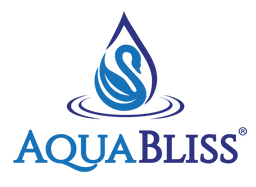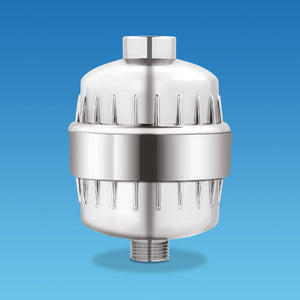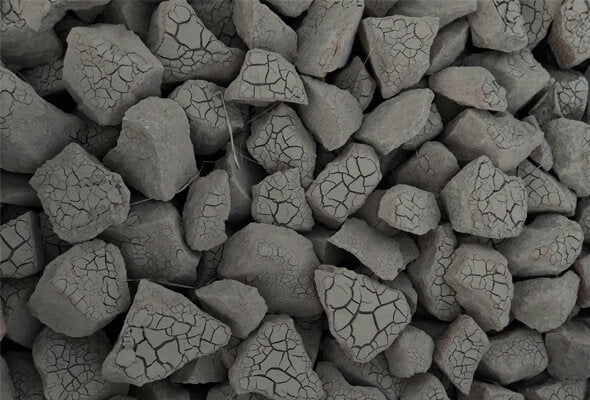Activated carbon is one of the most effective materials used in water filtration systems today. Known for its exceptional ability to remove impurities, it works by attracting and trapping organic chemicals, odors, and volatile organic compounds (VOCs) from water.
Whether you're dealing with contaminants in your drinking water or seeking a solution for better air and water purification, granular activated carbon (GAC) and other forms of activated carbon play a vital role in ensuring cleaner, safer water.
In this guide, we'll explore how activated carbon works, its various forms, and why it's a go-to solution for water treatment.
Removing Organic Solutes with Activated Carbon
Activated carbon, also called activated charcoal, is widely used in water treatment to filter contaminants. It employs two primary mechanisms to remove impurities: adsorption and catalytic reduction.
These processes allow activated carbon to effectively filter both organic and inorganic contaminants, making it an essential tool in water purification.
Adsorption vs. Absorption
Although their spellings are similar, adsorption and absorption refer to very different processes. Absorption involves a substance being soaked into another, like how a paper towel absorbs water.
In contrast, activated carbon uses adsorption, where molecules stick to the surface of the carbon. This high surface area and porous structure of activated carbon enable it to attract and trap contaminants, including volatile organic compounds (VOCs), pesticides, and organic chemicals.
Activated carbon’s adsorptive capacity is what makes it such an effective water treatment solution.
Catalytic Reduction
Catalytic reduction plays a critical role in the removal of chlorine compounds in water treatment, especially in municipal drinking water supplies. However, in some filtration systems, the water passes through another filtration stage (e.g., a calcium sulfite bed) before reaching the activated carbon.
This process neutralizes chlorine and extends the life of the activated carbon filter.
Why Use an Activated Carbon Filter?
Activated carbon filters are highly effective at removing organic compounds, including by-products of water chlorination, such as trihalomethanes (THMs).
These chemical reactions can lead to toxic substances in water, such as chloramine and lead, which are linked to negative health impacts, particularly in children.
By using activated carbon GAC or granulated activated carbon (GAC), you can effectively reduce these contaminants and improve the safety and taste of your water.
Granulated Activated Carbon (GAC)

GAC filters are ideal for water purification as they can remove 70-90% of chlorine, although their efficiency decreases in hot water. This is why some shower filters, like those offered by AquaBliss, first dechlorinate the water before it passes through the GAC filter, extending its life and improving its filtration efficiency.
GAC is particularly useful for removing dissolved organic chemicals, like pesticides and pharmaceuticals, from water. The high surface reactivity and microscopic pores of GAC ensure that even minute particles are trapped, providing excellent filtration capabilities.
In addition, GAC's pore volume and surface functional groups make it an effective adsorbent for a wide range of organic matter.
Highly Effective for Organic Chemicals
The porous structure and high surface area of activated carbon give it an enormous adsorption capacity, allowing it to trap organic compounds, odors, and chemicals like hydrogen sulfide (the cause of the rotten egg smell).
Activated carbon’s ability to remove a wide range of contaminants makes it a go-to for air and water purification systems.
What Activated Carbon Won’t Remove
While activated carbon excels at removing VOCs and organic materials, it is not as effective at filtering inorganic materials like salts and heavy metals.
Activated carbon is typically made from coconut shells, coal, or wood, and undergoes steam activation or chemical activation to enhance its surface area and adsorption abilities.
However, if water contains high concentrations of inorganic materials, a multistage filtration system may be needed for complete purification.
Why Multistage Filters are Important

For best results, multistage filters are used to target a wide range of contaminants. Each filter stage has a specific job: the GAC filter removes organic chemicals, while other filters handle inorganic materials and certain chemicals. This ensures a more comprehensive water treatment process.
The Takeaway: Activated Carbon in Water Filters
Activated carbon has proven to be an effective solution for removing organic contaminants from water and air.
Whether in the form of granular activated carbons, powdered activated carbon, or bead activated carbon, the carbon material provides excellent purification through its massive surface area and microporosity.
However, it's important to understand that activated carbon is most effective at trapping organic matter and might not filter inorganic compounds effectively. In addition to its use in water treatment, activated carbon plays a role in gas purification, solvent recovery, and air purification.
With its versatile adsorptive capacity, activated carbons remain a key component in improving both water quality and overall health. For those seeking top-notch water filtration solutions, AquaBliss provides advanced filtration systems that utilize activated carbon and other technologies to deliver cleaner and safer water.







